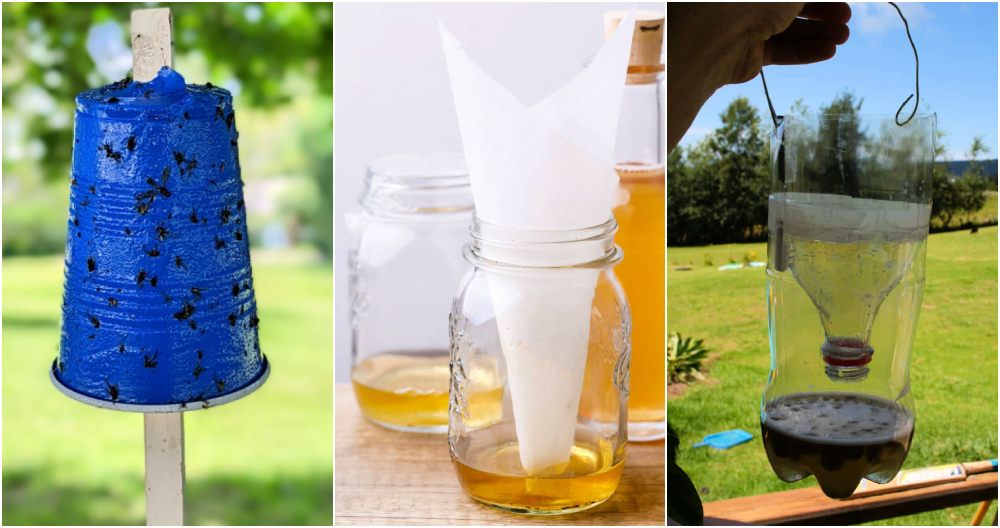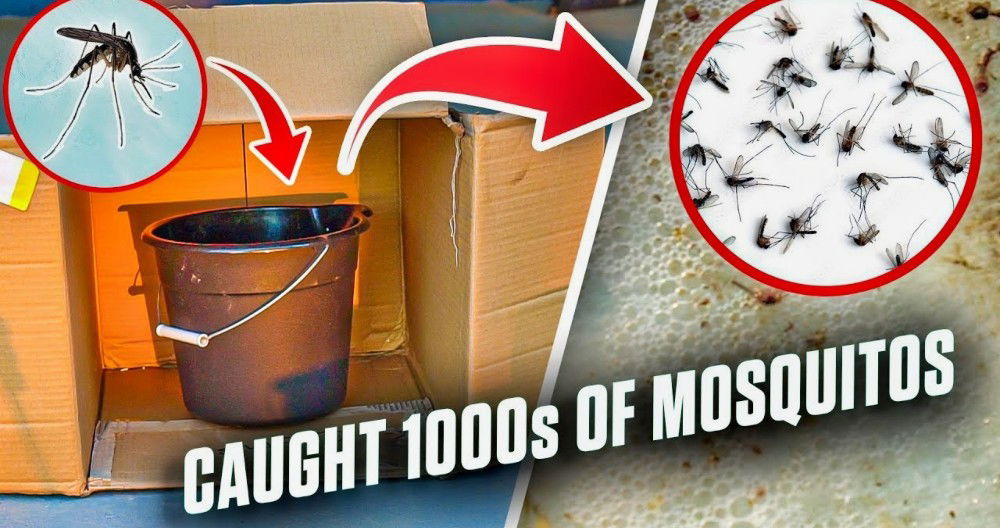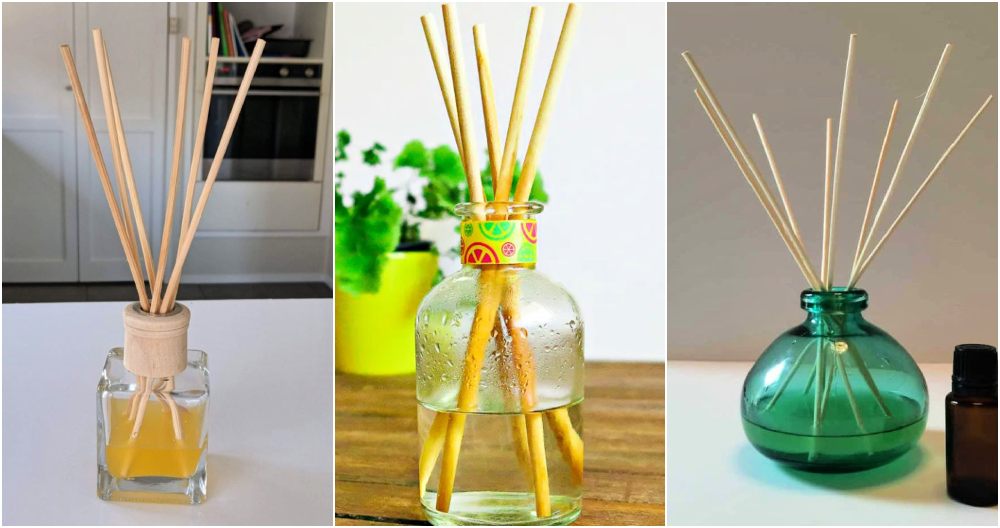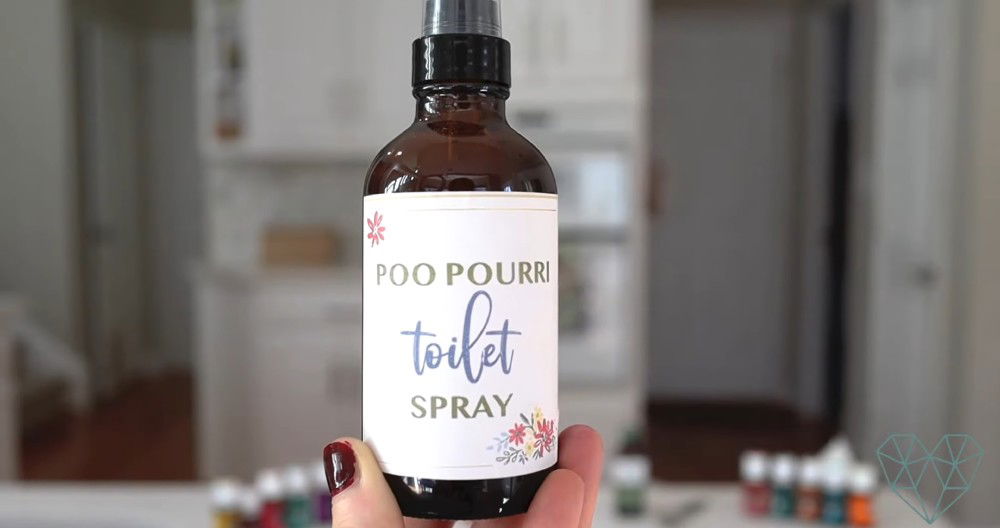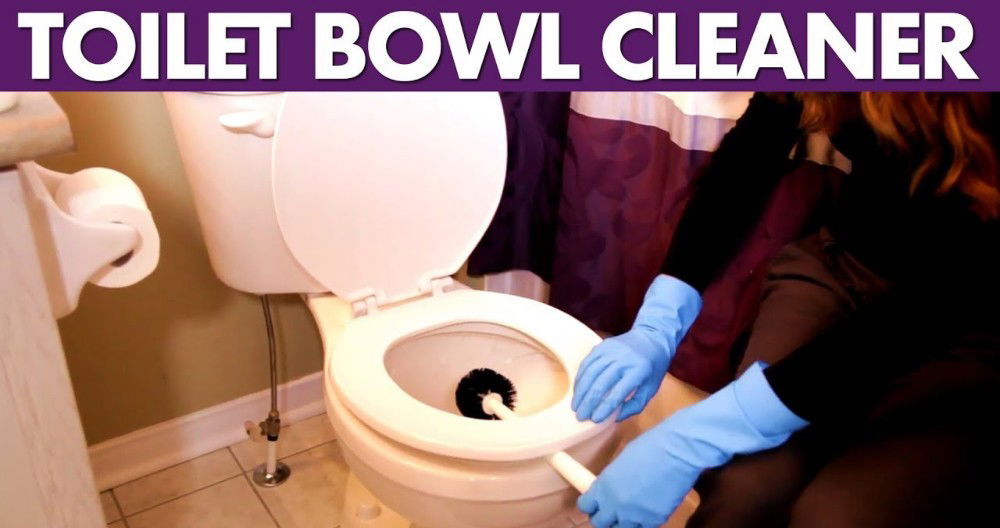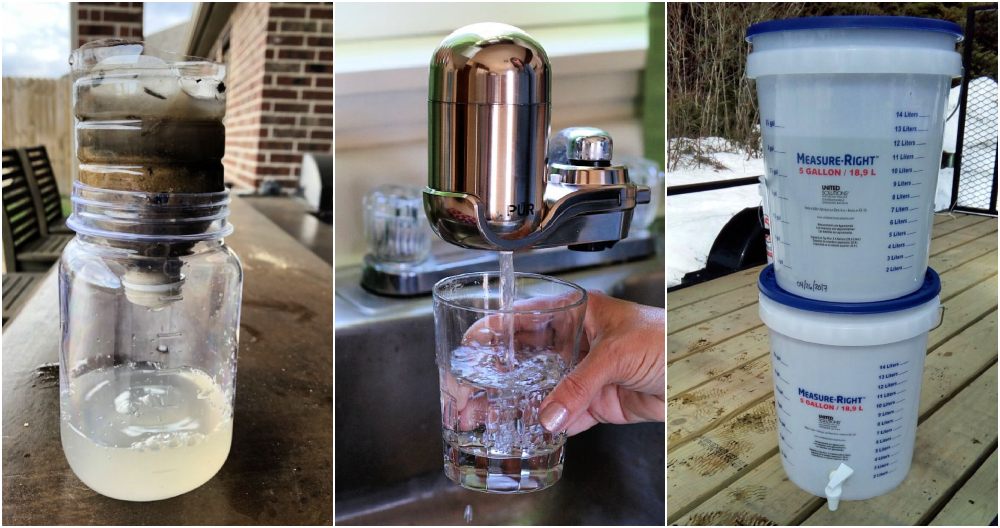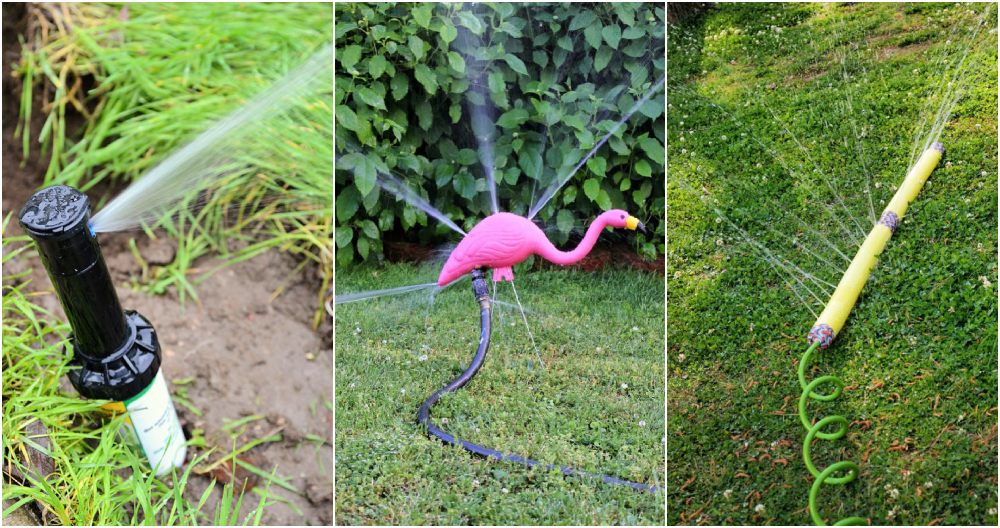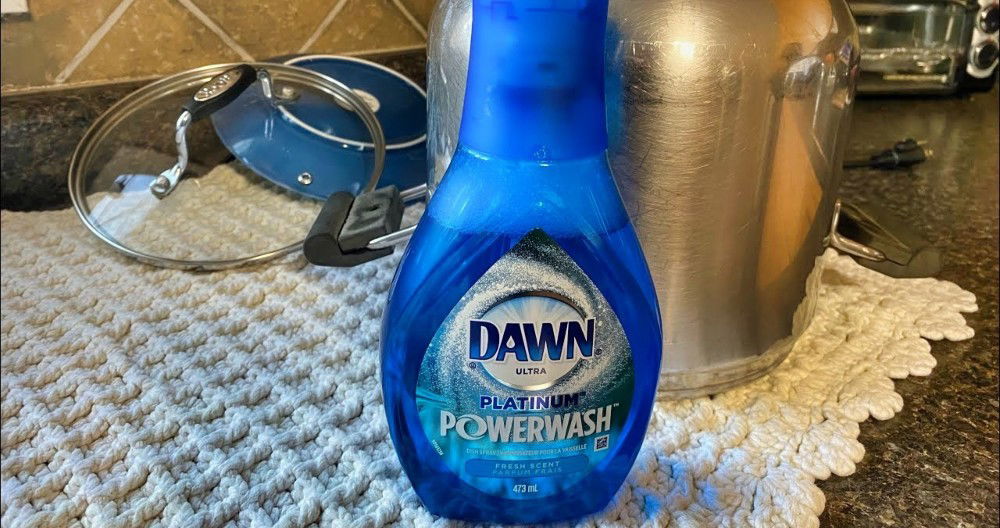Tackling an ant invasion requires effective strategies and a bit of know-how. Our guide on homemade DIY ant killer sheds light on how to craft an efficient ant trap, steering clear of harsh chemicals. It's tailored to support individuals in addressing ant problems by leveraging basic ingredients mixed with ant-killing agents. This approach not only targets the ants you see but also works to disrupt their nesting habits, ensuring a long-term solution.
Understanding ant behavior and the types of ants invading your space is pivotal. Our sections delve into identifying different ants, such as sugar ants, fire ants, carpenter ants, and pharaoh ants, and comprehending their unique traits. Proper preparation before setting up your trap, such as choosing the right bait and identifying ant trails, can significantly increase effectiveness.
Let’s move on to uncover the necessary steps and materials for building your trap, which is crucial for keeping your home ant-free.
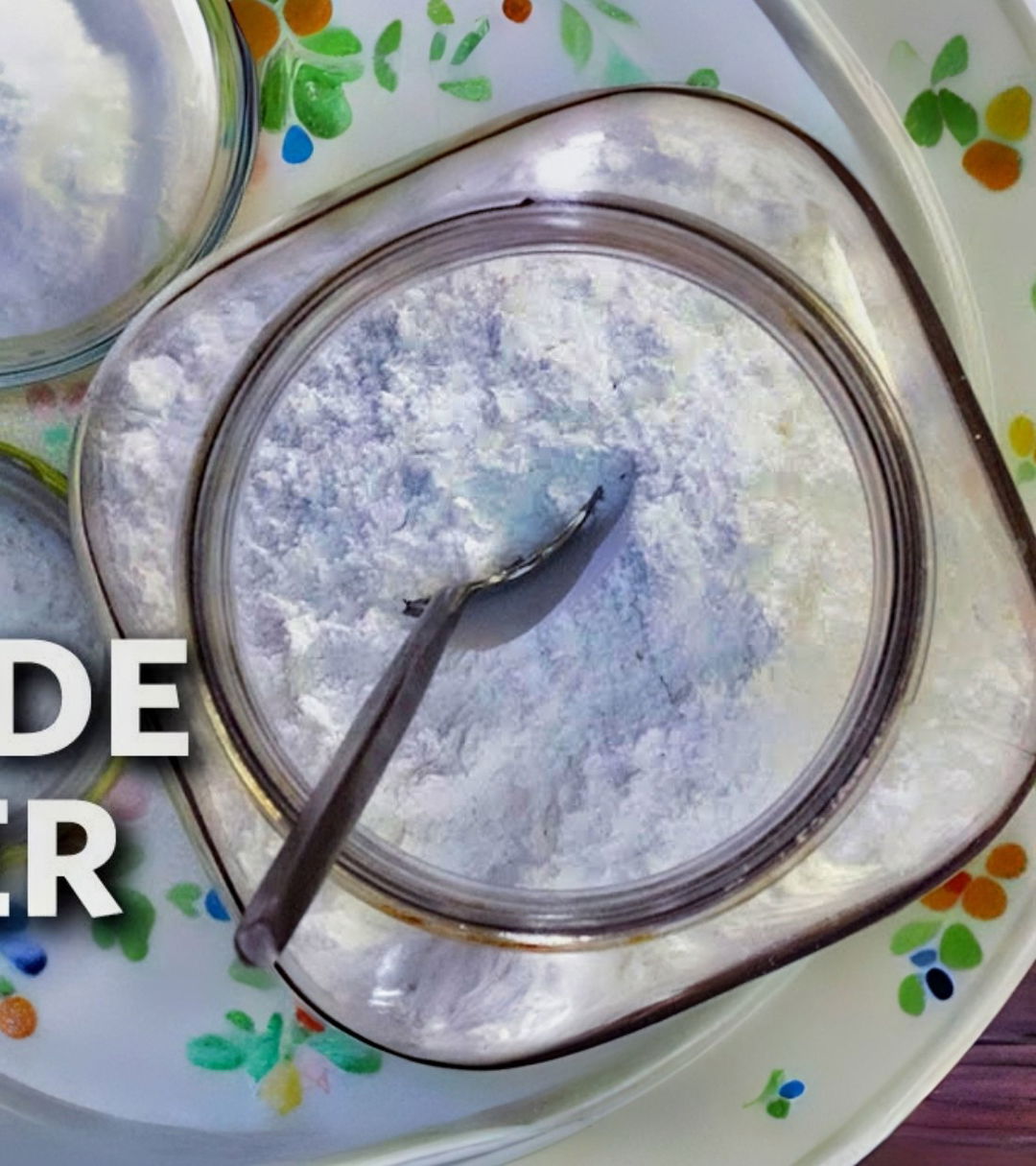
Understanding Ant Behavior
Ants are fascinating creatures with complex social structures and survival mechanisms. Understanding their behavior can help us deal with them more effectively.
Why are Ants Difficult to Get Rid Of?
Ants are resilient creatures. They can survive in various environments and quickly adapt to changes. Their colonies can contain millions of ants, making it difficult to eliminate them completely. If a few ants survive, they can rebuild the colony.
Ants also have a unique communication system. They leave pheromone trails to guide other ants to food sources. So, if you see a line of ants, it’s because they are following this trail.
Nesting Habits
Ants build intricate nests, often underground, to protect the queen and larvae. Some species prefer to nest in wood or other soft materials. Understanding where ants like to nest can help in locating and eliminating colonies.
Sensitivity to Environmental Changes
Ants are sensitive to environmental changes. They may alter their behavior based on changes in temperature, humidity, or food availability. This adaptability helps them survive in various conditions.
Differences Among Species
There are over 12,000 known species of ants, each with its own unique behaviors and preferences. For example, some ants prefer sweet foods, while others prefer protein-based foods. Understanding the specific species you’re dealing with can help you choose the most effective bait and treatment method.
Dealing with ants effectively requires understanding their behavior. By learning about their habits and preferences, you can develop a more effective ant control strategy.
Identifying Different Types of Ants
Understanding the type of ant you’re dealing with is crucial for effective ant control. Different ant species have different behaviors, preferences, and vulnerabilities. Here’s how you can identify some common types of ants:
Sugar Ants
Sugar ants, also known as odorous house ants, are small and dark brown or black. They are attracted to sweet foods and are often found in kitchens. You can identify them by their strong, coconut-like smell when crushed.
Fire Ants
Fire ants are reddish-brown and are known for their painful sting. They prefer protein-based foods and are often found outdoors. Fire ant mounds are easily identifiable in open areas.
Carpenter Ants
Carpenter ants are large and black. They nest in wood, causing significant damage to structures. Unlike termites, they do not eat wood but hollow it out to build their nests.
Pharaoh Ants
Pharaoh ants are tiny and yellow or light brown. They are a common pest in homes and can be difficult to control due to their ability to split their colony.
The type of ant influences the choice of bait. Sugar ants are attracted to sweet baits, while fire ants prefer protein-based baits. Always identify the ant species before deciding on a control strategy.
Preparation Before Setting Up the Trap
Before you start making your DIY ant trap, there are a few important steps you need to take to ensure its effectiveness.
Identifying Ant Trails
Ants leave a pheromone trail for other ants to follow. These trails often lead to food sources. By observing where ants commonly trail or enter your home, you can identify the best places to set up your ant traps.
Choosing the Right Bait
Different ant species are attracted to different types of food. Some ants prefer sweet foods, while others are attracted to protein-based foods. Identify the type of ant you’re dealing with and choose a bait that they’ll find irresistible.
Mixing the Bait with an Ant-Killing Agent
Once you’ve chosen the right bait, the next step is to mix it with a natural ant-killing agent. Borax and baking soda are commonly used because they’re effective and readily available. When ants take the bait back to their colony, the ant-killing agent will help eliminate the entire colony.
Preparation is key when setting up an ant trap. By taking the time to understand ant behavior and choosing the right bait, you can increase the effectiveness of your DIY ant trap.
What You'll Need:
- Baking soda
- Powdered sugar
- Jar lids or small shallow containers
Step by Step Instructions
Learn how to make an effective homemade DIY ant killer with this easy guide below:
Step 1: Mix Your Ingredients
Start by combining equal parts of baking soda and powdered sugar. A good ratio to work with is one tablespoon of each, but feel free to adjust the quantity based on the size of the area you're treating. Mix these two ingredients directly in the jar lid or shallow container which will serve as the bait station.
Step 2: Placement
Place the lid or container with your mixture in areas where ants are prevalent. Look for ant trails or spots where you frequently notice ant activity. The powdered sugar will attract the ants, while the baking soda acts as the killer component.
Step 3: Sprinkle the Mixture (Optional)
For broad areas or if you're dealing with a severe ant invasion, consider sprinkling the mixture directly onto surfaces where ants are seen. This method can help you cover more ground and affect more of the ant population.
Step 4: Patience and Observation
After setting up your homemade ant baits, wait and observe. It may take a few days, but you should start to see a dramatic reduction in the number of ants. Remember, the sugar draws them in, and the baking soda takes them out.
Additional Tips:
- Keep problem areas free of food particles and residues that attract ants.
- Use vinegar to clean kitchen surfaces effectively and eliminate ant trails.
- Identify and seal ants' points of entry with Borax or Diatomaceous Earth to prevent future invasions.
Keeping Your Home Ant-Free
Maintaining cleanliness and being vigilant about not leaving food out are key strategies for keeping ants away. Regularly inspect your home for new points of entry and keep surfaces clean and free from spills.
Video Tutorial
For those who appreciate a visual guide, watch the easy-to-follow homemade ant killer recipe video on YouTube.
It pairs well with this written guide, offering a visual perspective on the discussed techniques, which enhances understanding and makes implementation straightforward.
This DIY ant killer is safer and more effective. Follow the steps for an ant-free home. Prevent ants from entering.
Safety Measures
When dealing with ants, it’s important to prioritize safety. Here are some key safety measures to consider when setting up your DIY ant trap.
Refreshing the Traps
Ant traps need to be refreshed daily to maintain their effectiveness. Old bait may not attract ants, and the ant-killing agent may lose its potency over time. Therefore, it’s crucial to refresh your traps daily.
Keeping Pets Safe
Pets are often curious and may be attracted to the bait in ant traps. To prevent pets from ingesting the bait, place the traps in areas that are inaccessible to pets. If your pet does ingest the bait, contact a vet immediately.
When to Call a Professional
While DIY ant traps can be effective, there are situations where professional help is needed. If the infestation is large, if the ants are a destructive species like carpenter ants, or if DIY methods have been ineffective, it’s time to call a trusted pest professional.
Safety is paramount when dealing with pests. Always prioritize the safety of all household members and pets when setting up and maintaining your DIY ant traps.

Preventive Measures
Preventing an ant infestation is always better than trying to eliminate one. Here are some preventive measures you can take to keep ants out of your home and garden.
Maintain Cleanliness
Ants are attracted to food and water. By keeping your home clean, especially the kitchen and dining area, you can significantly reduce the chances of an ant infestation. Make sure to clean up any food spills immediately and store food in airtight containers.
Seal Entry Points
Ants can enter your home through tiny cracks and crevices. Regularly inspect your home for any potential entry points and seal them. Pay special attention to areas around windows, doors, and where utility pipes enter your home.
Regular Yard Maintenance
Regular yard maintenance can help prevent an ant infestation. Keep tree branches and other plants cut back from the house. Also, avoid letting mulch or soil touch the wood portions of your home.
Use Natural Repellents
Certain natural substances, like cinnamon, vinegar, and peppermint oil, can deter ants. You can use these substances to create a barrier around your home.
Prevention is the best strategy when it comes to dealing with ants. By taking these preventive measures, you can keep your home ant-free.
Troubleshooting and Common Mistakes
When dealing with ants, it’s easy to make mistakes that can make the problem worse. Here are some common mistakes and how to avoid them.
Over-reliance on Over-the-Counter Products
Many people rely on over-the-counter ant sprays and traps. While these can be effective, they often only kill the ants you see, not the entire colony. It’s important to use a comprehensive approach that includes baiting and colony elimination.
Incorrect Identification of Ant Species
Different ant species require different treatment strategies. Misidentifying the ant species can lead to ineffective treatment. Always try to correctly identify the ant species before choosing a treatment method.
Inadequate Treatment of the Colony
Simply killing the ants you see won’t solve an ant problem. Ants live in colonies, often with thousands of members. To effectively get rid of ants, you need to eliminate the entire colony, including the queen.
Ignoring the Root Cause
Ants are usually attracted to food sources. If you don’t address the root cause of the infestation, such as accessible food or water, the ants will likely return.
Understanding ant behavior and using a comprehensive approach is key to effectively dealing with an ant infestation.
DIY Ant Killer FAQs
Here's a collection of commonly asked questions to help you effectively manage ant problems in your home with DIY solutions.
What are the best natural ingredients to use in DIY ant traps?
The most effective natural ingredients for DIY ant traps are:
- Baking soda: A safe and effective ant-killing agent.
- Powdered sugar: Attracts ants due to its sweetness.
- Borax: Another ant-killing agent that, when mixed with sweeteners, can eliminate colonies.
How often should I replace my homemade ant traps?
Replace or refresh your homemade ant traps every day to maintain their effectiveness. The bait may lose its potency, and old bait might not attract ants as efficiently.
Are there any safety concerns with homemade ant traps?
Yes, safety is important, especially if you have pets or children. Although ingredients like baking soda and borax are less toxic than commercial pesticides, they should still be used with caution. Place traps out of reach of pets and children, and consult a vet immediately if accidental ingestion occurs.
Can I use vinegar as an ant repellent?
Yes, vinegar is a great natural ant repellent. Ants dislike its strong smell, and it disrupts their pheromone trails. Use a solution of equal parts water and vinegar to clean surfaces where ants travel to deter them.
Why is it important to identify the type of ants before making a trap?
Identifying the type of ant is crucial because different ant species have different preferences and behaviors. For instance, some ants are attracted to sweets, while others prefer protein-based foods. Knowing the type of ant allows you to choose the most effective bait.
What should I do if DIY ant traps are not effective?
If DIY ant traps and other methods are not resolving the infestation, it might be time to consult a professional pest control service. They can offer more powerful solutions and help identify the root cause of the problem to prevent future infestations.
How can I prevent ants from coming into my home?
To prevent ants from entering your home:
- Keep your kitchen and dining areas clean and free of food spills.
- Store food in airtight containers.
- Seal cracks and openings around doors, windows, and other entry points.
- Regularly clean with natural repellents like vinegar or peppermint oil to disrupt ant trails.
What common mistakes should I avoid when dealing with ants?
When trying to eliminate ants, avoid these common mistakes:
- Only targeting visible ants instead of the whole colony.
- Misidentifying the ant species, leading to ineffective treatment methods.
- Not addressing the root cause, like eliminating food sources.
- Relying solely on over-the-counter sprays and traps without a comprehensive ant control strategy.
By understanding these FAQs, you're better equipped to tackle ant issues in your home with effective, natural solutions. Remember, persistence and consistency are key when dealing with these resilient creatures.
Conclusion:
In conclusion, mastering the craft of creating a homemade DIY ant killer and setting up an effective ant trap is a straightforward yet nuanced endeavor that requires understanding ant behavior, identifying the species invading your home, and meticulously preparing your approach.
This guide has walked you through the essential steps—from recognizing ant trails and choosing the right bait to mixing your ingredients and placing your traps strategically. Armed with knowledge and a bit of patience, you can keep your home ant-free, ensuring a cleaner, safer environment for you and your loved ones. Remember, consistency is key in both the application of your DIY ant trap and the preventive measures to deter future invasions.


